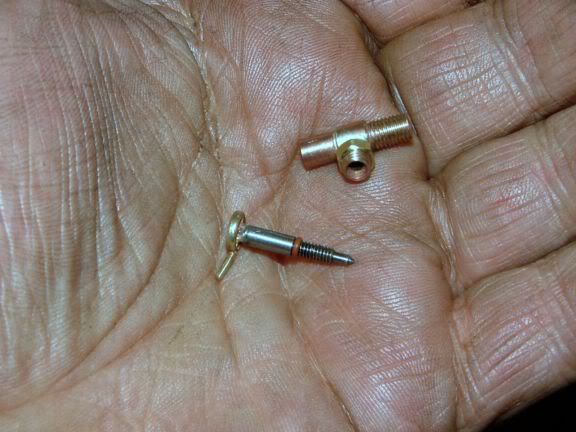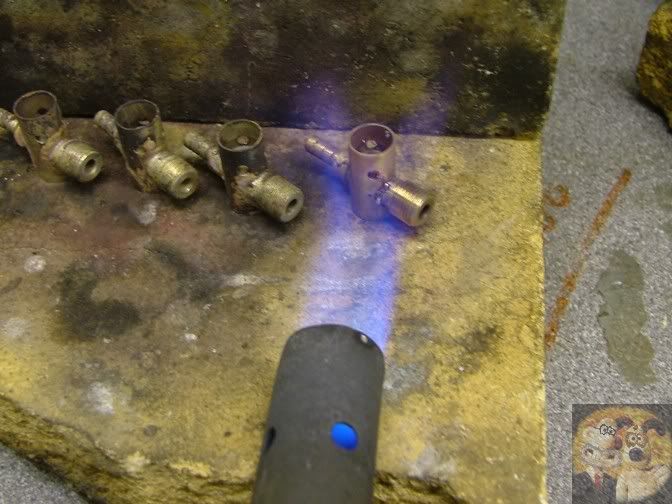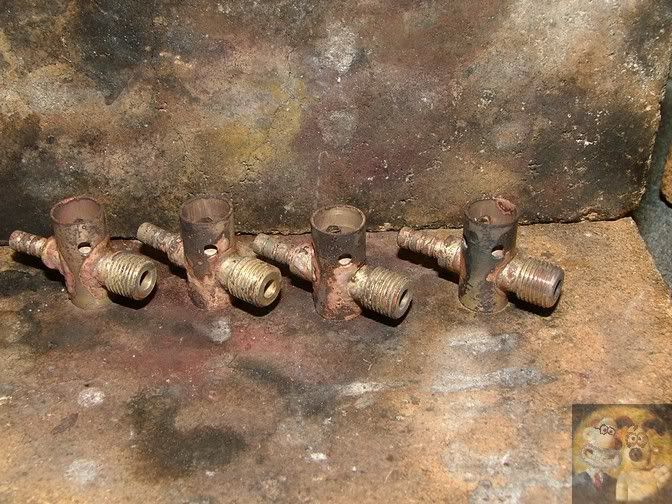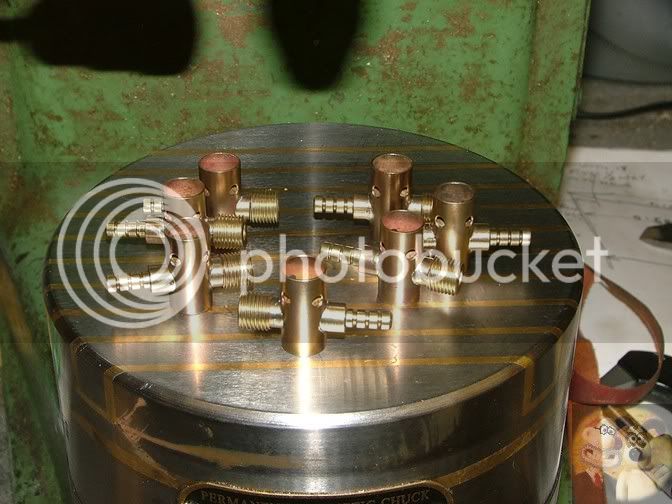Baz,
Everyone to their own methods and I wouldn't want to force anyone to follow my lead.
It is just that I, for many many years have found that what you call cut and place perfectly adequate for 99% of what I get up to. The only time full rods were used was on large jobs such as a boiler, where even then, all the stays were soldered in by putting rings on them. The only time we used rods was when we did the foundation ring and main boiler seams.
How could you use a rod on these, which I used to make for a commercial model locomotive company, if I had used a rod, it would have just been a big blob of solder.
It also allows several parts to be soldered at the same time, just place the solder on the joint, and sweep down with the blowtorch, as you do one, it starts to heat up the next one to it. Usually all done in less than a minute.
A little time in the pickle and a rub with wire wool to remove the flux and job done.
No excess solder anywhere, plus NO WASTE. I keep every tiny little offcut of the wire or sheet in the knowledge that it will complete a joint sometime in the future. It is just too expensive to throw or file away because excess was used.
John











